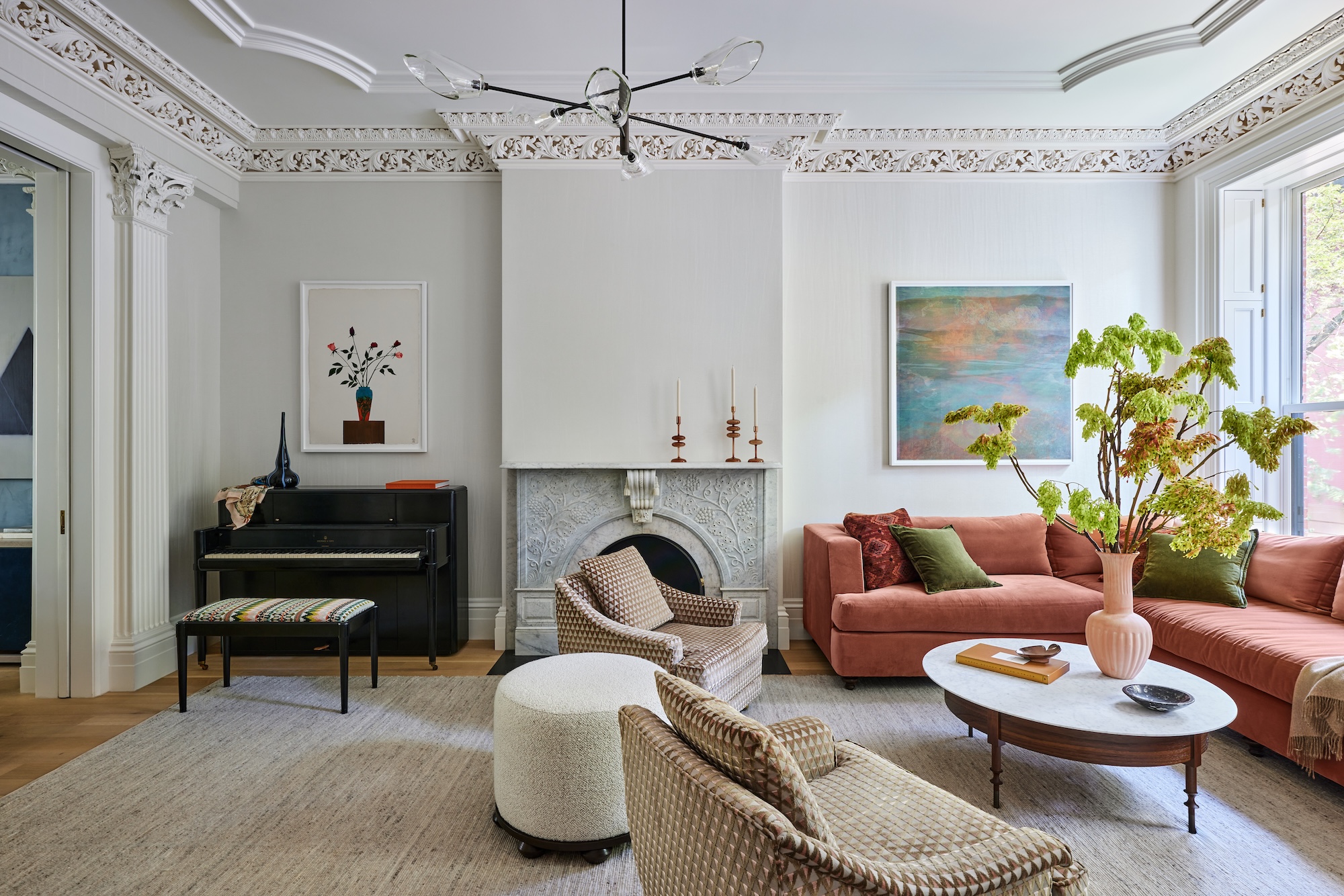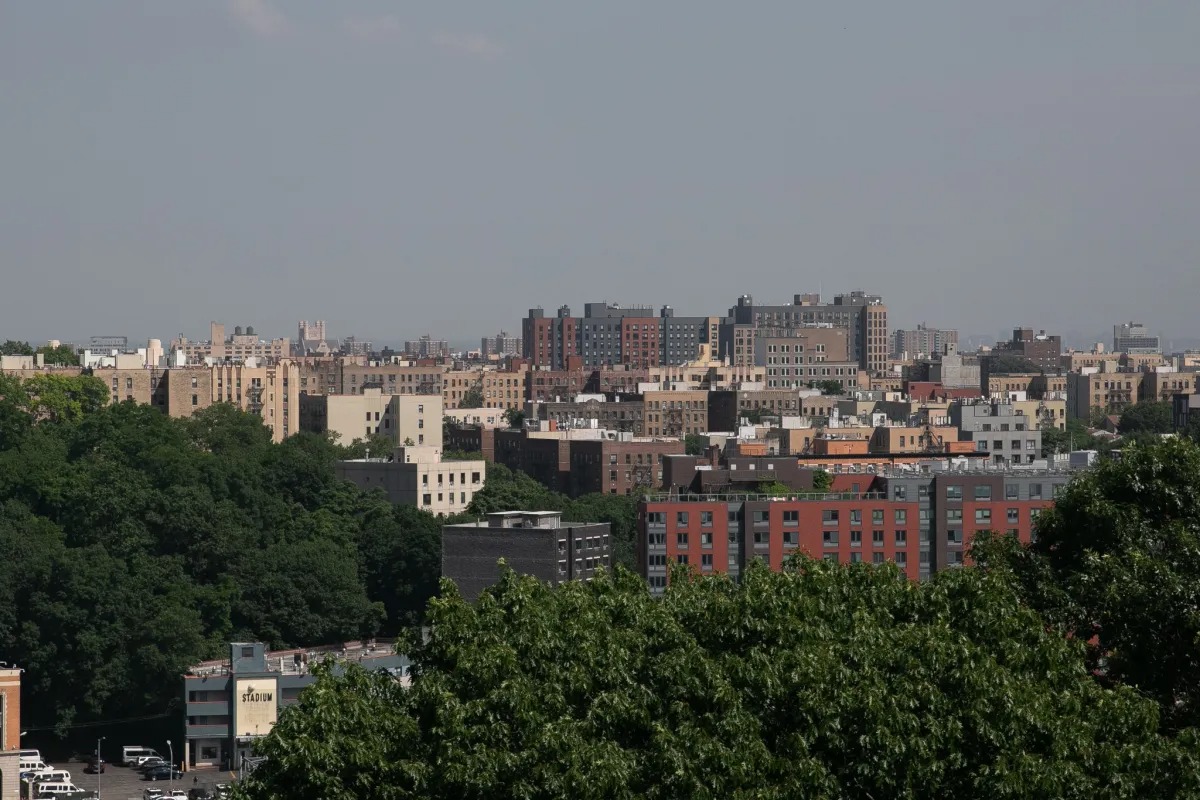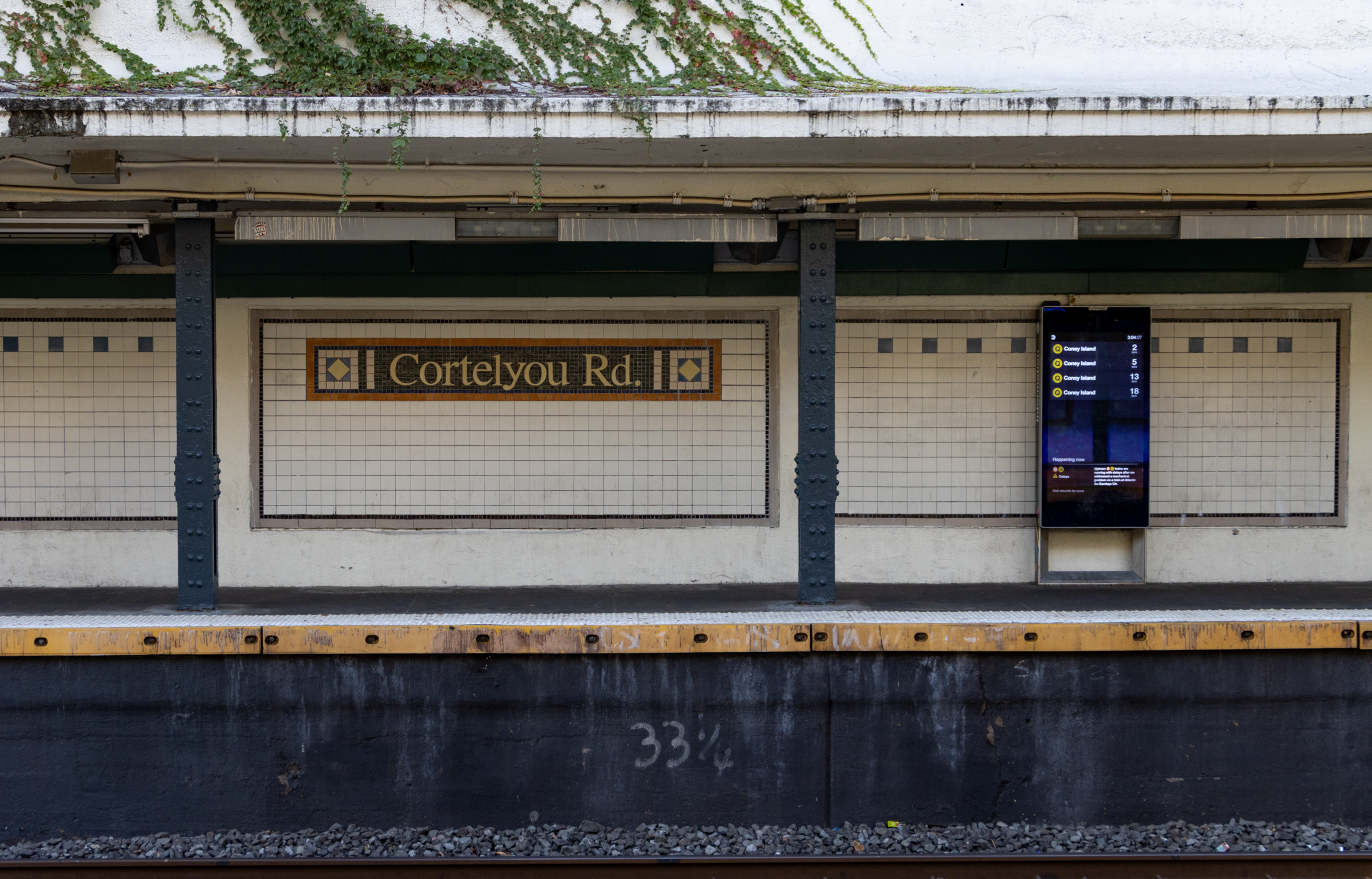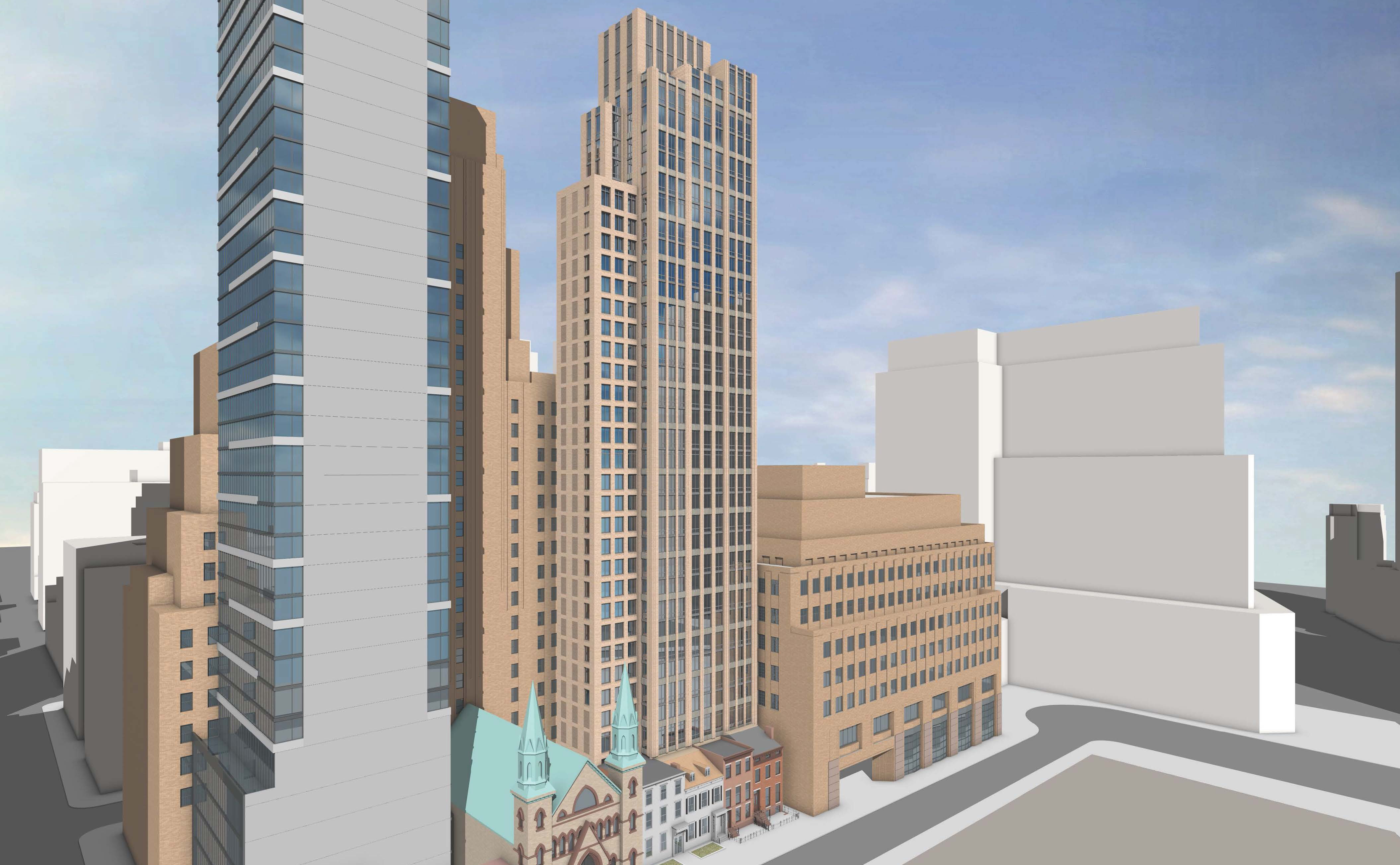A Couple of House Sales
Here are two sales worth mentioning: The 2,100-square-foot house at 469 Sackett Street closed on September 26 for an mansion-tax-avoiding price of $999,999; the awning was thrown in for free. Over in Victorian Flatbush, the Mary Kay-listed tudor house at 340 Marlborough Road (featured as an Open House Pick in August) closed for $1,190,000 recently…


Here are two sales worth mentioning: The 2,100-square-foot house at 469 Sackett Street closed on September 26 for an mansion-tax-avoiding price of $999,999; the awning was thrown in for free. Over in Victorian Flatbush, the Mary Kay-listed tudor house at 340 Marlborough Road (featured as an Open House Pick in August) closed for $1,190,000 recently after just one week on the market; the asking price had been $1,250,000. Reasons to cheer or data from another era?





I have not seen the new kitchen in that house, either, Manofelt, although if I remember correctly there was no kitchen and they had to start from scratch.
I will say this –
That house will go for a relative song… And it has much more third story living space than the Tudor, even with all it’s curb appeal. It’s a lot of house for the money. And nary a subway train or a school in sight.
No, not a broker…
$1 mil is worth a LOT more than it did 6 months ago. Relatively speaking, these bk house prices are not even close to the value of the new “dollar”…
For 1.2m I expect someone from Mary-kay’s office to blow me also.
Maybe because I saw it pre renovation, I just didn’t like it. The reno quality is not great.
Evidently, others agree–it doesn’t seem to have much action on it.
You’ll say I’m too picky, but I’m in no rush–and so far I’m glad I’ve held off.
Seriously, though, Manofelt, what about:
http://www.marykayg.com/html/0531.html
Depends… What’s your budget 😉
Oh Architerrorist, you and your taunts. No house yet, but don’t worry I have time.
Are either of the houses beside yours for sale?
re sackett: the recent cashless transfer plus mansion-tax-avoidance-pricing of this sale suggest to me that this sale may not have been an arm’s length transaction. doesn’t necessarily mean the price is out of whack, but i think you’d need more to say this is representative.
i don’t think anyone’s doubting that we’re due for a correction. but when talking about what kind of prices might be reasonable to settle down into, you can’t just assume stasis of intrinsic values. lots of homes were renovated during the bubble, lots of neighborhoods were improved. not just in our perception of them but in actual services and urban landscape, because homeowners worked directly to enhance them and in some cases got the city to do the same. i’m talking about things like better schools, playgrounds, street trees, planted medians, etc. other amenities (restaurants, cafes, wine shops, bakeries) that appeal to homeowners have improved as well. obviously, with less cash floating around, this might not all be permanent, but some of it will be.
haters of the gentry, please note that i’m not trying to say the “new” people in the neighborhood are responsible for this, or that they’re any better than whoever was living there before.
Chaka, apologies and thanks Architerrorist and Back40 for slapping sense in me. Mea culpa, the head’s still slightly fuzzy from last night. Slower than usual today.